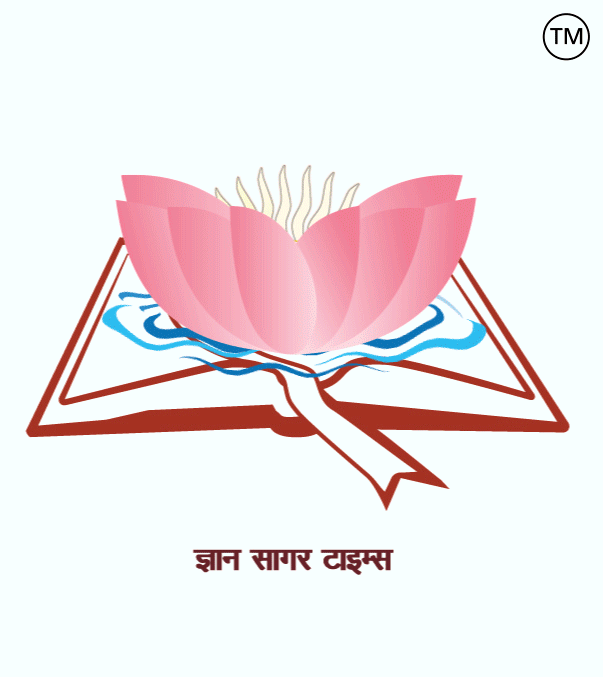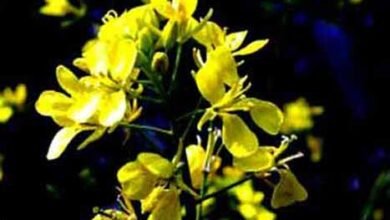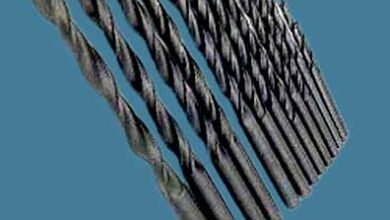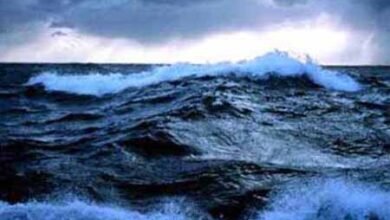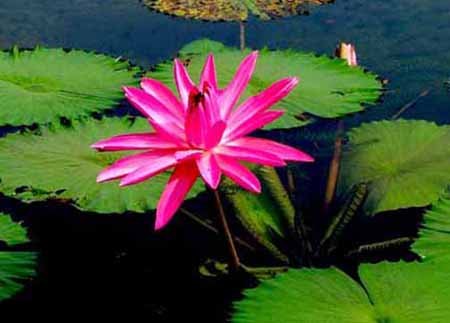
Related to botany – 197.
|
1. The branch of botany that gives information about heredity and variation is called? = Plant Genetics. 2. What is an exception to Mendel’s laws? = Linkage. 3. What is studied in dendrology? = Woody plants specifically woody shrubs, trees and Lianas. 4. The basic unit of classification is? = Species. 5. Through which reaction does oxygen reach the cells of plants from the external environment? = Diffusion. 6. Green plants are a good example of? = Photoautotrophs / Autotrophs. 7. Water is available for the roots of plants is? = Capillary water. 8. Through what is water transported in plants? = Through a tissue called xylem. 9. Roots have positive geotropism? = Mostly. 10. Still root is found in? = Sugarcane. 11. Inulin crystals are found in? = Dahlia root. 12. What is important in seed germination? = Air, moisture and suitable temperature. 13. In which class of plants seeds are formed, but the seeds remain attached to the plant in naked form? = Gymnosperms. 14. Oil seed crops belong to which family? = Brassicaceae older name Cruciferae. 15. The smallest cellular organism is? = Mycoplasma. 16. The outermost covering of plant cells is called? = Cell wall. 17. The main function of a leaf is? = Preparation of food by photosynthesis and gaseous exchange. 18. What is required for photosynthesis? = Sunlight, chlorophyll, water and carbon dioxide. 19. Which gas is necessary for photosynthesis? = Carbon dioxide (CO2). 20. In the process of photosynthesis, light energy is converted into which energy = Chemical energy. 21. Where does photosynthesis occur? = Mainly in the leaves of plants, specifically in their organelles called chloroplasts. 22. Greenhouse effect means? = Increase in temperature due to greenhouse gases in the atmosphere. 23. The process of preparing food for plants and trees is called? = Photosynthesis. 24. Which element helps in making chlorophyll in plants? = Magnesium (Mg). 25. Which metal is present in chlorophyll? = Magnesium (Mg). 26. The end product of photosynthesis is? = Glucose, oxygen, and water. 27. Which element is not necessary for the growth of height of plants? = Lead, iodine and Sodium. 28. What is a breath measuring instrument called? = Spirometer or Respirometer. 29. What are the plants found in salty areas called? = Halophytes. 30. Hydrophyte is called? = Aquatic plants. Dr. (Pro.) Amrendra Kumar. ========== ========= =========== वनस्पति विज्ञान से संबंधित-197. 1. आनुवंशिकता एवं विभिन्नता के बारे में जानकारी देने वाली वनस्पति विज्ञान की शाखा को कहते हैं? = पादप आनुवंशिकी. 2. मेण्डल के नियमों का एक अपवाद है? = सहलग्नता (Linkage). 3. डेण्ड्रोलॉजी में किसका अध्ययन किया जाता है? = काष्ठीय पौधों विशेषत: वृक्ष, काष्ठीय झाड़ी एवं काष्ठीय लता. 4. वर्गीकरण की आधारीय इकाई होती है? = प्रजाति (Species). 5. किस अभिक्रिया के द्वारा पौधें में ऑक्सीजन बाहरी वातावरण से कोशिकाओं में पहुँचता है? = विसरण (diffusion) 6. हरे पौधे एक अच्छा उदाहरण हैं? = प्रकाशस्वपोषी / स्वपोषक. 7. पौधों की जड़ों के लिए उपलब्ध जल होता है? = केशिका जल (capillary water). 8. किसके द्वारा पौधों में जल का परिवहन होता है? = जाइलम नामक ऊतक द्वारा होता है. 9. जड़ें धनात्मक भूम्यानुवर्तन (Positive Geotropism) होती हैं? = अधिकांश. 10. अवस्तम्भ मूल (Still root) पायी जाती है? = गन्ने. 11. इन्यूलिन क्रिस्टन पाये जाते हैं? = डहेलिया की जड़. 12. बीज के अंकुरण में क्या महत्वपूर्ण होता है? = हवा नमी एवं उपयुक्त ताप. 13. किस वर्ग के पौधों में बीज बनते हैं, परन्तु बीज नग्न रूप में पौधे पर लगे रहते है? = जिम्नोस्पर्म (Gymnosperms). 14. तेल बीज (Oil seeds) वाली फसल किस परिवार से सम्बन्धित होती है? = ब्रैसिकेसी पुराना नाम क्रूसीफेरी. 15. सबसे छोटी कोशिका वाला जीव होता है? = माइकोप्लाज्मा (Mycoplasma). 16. पादप कोशिकाओं का सबसे बाहरी आवरण को कहते हैं? = कोशिका भित्ति (cell wall). 17. किसी पत्ती का मुख्य कार्य होता है? = भोजन तैयार करना/ प्रकाश संश्लेषण करना. 18. प्रकाश संश्लेषण की क्रिया में क्या क्या आवश्यक है? = सूर्य का प्रकाश, क्लोरोफिल, जल एवं कार्बन डाइऑक्साइड. 19. प्रकाश संश्लेषण के लिए कौन सी गैस आवश्यक होती है? = कार्बन डाइऑक्साइड (CO2). 20. प्रकाश संस्लेषण की क्रिया में प्रकाश ऊर्जा, किस उर्जा में परिवर्तित होती है?= रासायनिक ऊर्जा. 21. प्रकाश संश्लेषण कहाँ होता है? = मुख्य रूप से पौधों की पत्तियों में होता है, विशेष रूप से उनके क्लोरोप्लास्ट नामक कोशिकांगों में. 22. ग्रीन हाउस इफ़ेक्ट का अर्थ होता है? = वायुमंडल में ग्रीन हाउस गैसों के कारण तापमान का बढ़ना. 23. पौधों व पेड़ का खाना तैयार करने की प्रक्रिया कहलाती है? = प्रकाश संश्लेषण (Photosynthesis). 24. पौधों में क्लोरोफिल बनाने के लिए कौन सा तत्व सहायक होता है? = मैग्नीशियम (Mg). 25. क्लोरोफिल (हरित लवक) में कौन सी धातु होती है? = मैग्नीशियम (Mg). 26. प्रकाश संश्लेषण का अंतिम उत्पाद होता है? = ग्लूकोज, ऑक्सीजन एवं जल. 27. पौधों की लम्बाई में वृद्धि के लिए कौन-सा तत्व आवश्यक नहीं है? = लेड, आयोडीन एवं सोडियम. 28. श्वसन मापन यंत्र क्या कहलाता है? = स्पाइरोमीटर या रेस्पिरोमीटर. 29. नमकीन क्षेत्र में होने वाली वनस्पतियों को क्या कहते है? = हैलोफाइट्स. 30. हाइड्रोफाइट (Hydrophyte) को कहा जाता है? = जलीय पौधे.
डॉ. ( प्रो. ) अमरेंद्र कुमार.
|

